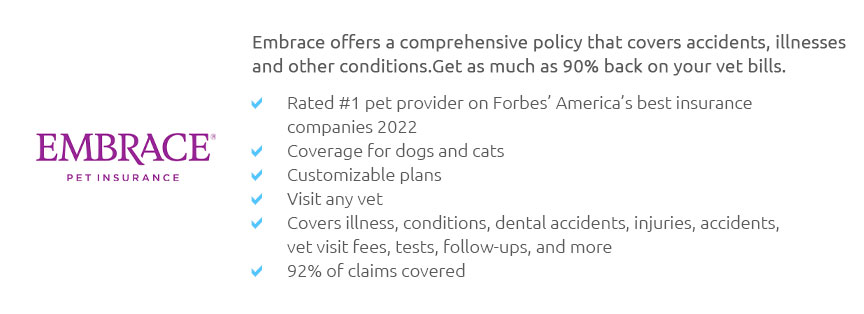 |
 |
 |
 |
 |
 |
|
 |
|
 |
|
 |
|
 |
|
 |
 |
 |
 |
 |
 |
 |
 |
The Comprehensive Guide to Pet Insurance That Covers Dental CareIn the ever-evolving world of pet care, pet insurance has emerged as a crucial component of responsible pet ownership, offering peace of mind to pet parents who wish to ensure their furry companions receive the best possible care. One specific aspect of pet insurance that has garnered significant attention is dental coverage. Many pet owners are unaware of the importance of dental health for their pets, often overlooking it until a problem arises. As a result, pet insurance plans that include dental coverage have become increasingly popular, providing a safety net for unexpected dental expenses. Why Dental Health Matters Just like humans, pets require regular dental care to maintain overall health and well-being. Dental issues in pets can lead to a myriad of health problems, including infections, loss of teeth, and even heart disease. Therefore, ensuring that your pet's insurance plan covers dental care can be a wise investment. This is especially true considering the costs associated with dental procedures, which can quickly add up, leaving pet owners with hefty bills. Understanding Dental Coverage in Pet Insurance Not all pet insurance plans are created equal, and dental coverage varies widely among providers. Some plans may cover only accidents that affect your pet's teeth, such as a broken tooth, while others offer more comprehensive coverage that includes routine cleanings and treatments for dental diseases. It is essential for pet owners to carefully read the terms and conditions of any insurance policy to understand what is and isn't covered. This careful consideration can prevent unpleasant surprises when you need to file a claim. Important Considerations When Choosing a Plan When selecting a pet insurance plan that covers dental, there are several factors to consider. Firstly, evaluate the premium costs versus the potential benefits. While a plan with dental coverage might have a higher premium, it could save you money in the long run if your pet requires extensive dental work. Additionally, consider the age and breed of your pet, as certain breeds are more prone to dental issues. Understanding the specific needs of your pet can guide you in choosing the most appropriate insurance plan.
The Broader Picture Investing in pet insurance that covers dental care is not just about financial savings; it is a commitment to your pet's long-term health. Regular dental check-ups and cleanings can prevent severe health issues down the line, leading to a happier, healthier life for your pet. In this way, dental coverage is more than an add-on; it is an integral part of a comprehensive pet healthcare strategy. By considering all these factors, pet owners can make informed decisions that not only protect their finances but also enhance the quality of life for their beloved pets. https://www.petsbest.com/coverage/dental-coverage
Pets Best offers flexible Accident and Illness coverage available with optional routine care to help you afford emergency dental care and routine dental care. https://www.aspcapetinsurance.com/research-and-compare/pet-insurance-basics/pet-insurance-for-dental-care/
Dental disease coverage through an ASPCA Pet Health Insurance plan can help alleviate expensive vet bills if your cat or dog develops a dental disease that ... https://www.healthypawspetinsurance.com/pet-insurance-coverage-and-exclusions/dental-health
When it comes to dental issues, the Healthy Paws plan includes insurance for the extraction and/or reconstruction of damaged teeth if the teeth were injured by ...
|